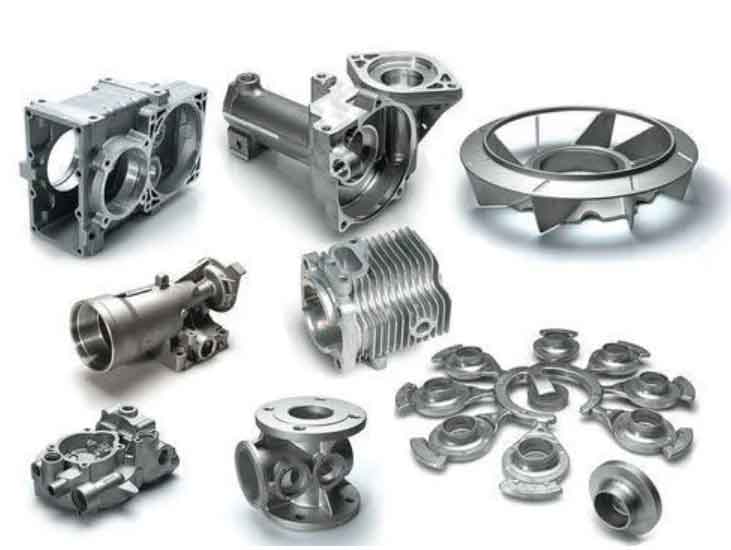
Machining and joining grey cast iron require careful consideration of its unique properties, such as hardness, brittleness, and graphite flakes. To achieve successful results, follow these tips for machining and joining grey cast iron:
Machining Techniques:
- Use Appropriate Cutting Tools: Grey cast iron’s abrasive nature can wear down cutting tools quickly. Select carbide or ceramic cutting tools, which are better suited to handle the material’s hardness and wear resistance.
- Optimize Cutting Parameters: Adjust cutting speed, feed rate, and depth of cut to prevent excessive tool wear and overheating. Use low cutting speeds for roughing and higher speeds for finishing cuts.
- Coolant and Lubrication: Employ adequate coolant and lubrication during machining to minimize heat buildup and prolong tool life. Flood coolant or water-soluble cutting fluids are commonly used.
- Avoid Sudden Changes in Direction: Grey cast iron’s brittleness makes it susceptible to crack propagation. Minimize sharp changes in cutting direction to reduce the risk of fracturing the material.
- Chamfer Edges: Adding chamfers to the edges of the workpiece reduces stress concentrations and the likelihood of chipping during machining.
- Preheat for Weld Repair: If machining grey cast iron for weld repair, preheat the area to avoid thermal shock and potential cracking during welding.
Joining Techniques:
- Preheat for Welding: Preheating the grey cast iron before welding helps to minimize thermal stress and reduce the risk of cracking during the welding process.
- Select Appropriate Welding Processes: Use welding processes suitable for grey cast iron, such as shielded metal arc welding (SMAW), oxy-acetylene welding, or gas tungsten arc welding (GTAW). Avoid using high heat-input processes that could lead to cracking.
- Control Welding Parameters: Keep a close eye on welding parameters like current, voltage, and travel speed to achieve proper fusion without overheating the material.
- Peen Welded Joints: Peening welded joints with a hammer or other mechanical means can relieve stress and improve the joint’s fatigue resistance.
- Post-Weld Heat Treatment: Depending on the application, consider post-weld heat treatment to further relieve residual stresses and enhance the mechanical properties of the welded joint.
- Use Proper Filler Material: Select filler materials with similar properties to the base grey cast iron to ensure a compatible joint.
- Avoid Rapid Cooling: Rapid cooling after welding can induce thermal stresses and lead to cracking. Use slow cooling methods or allow the welded part to air cool gradually.
By following these machining and joining tips, you can successfully work with grey cast iron and achieve the desired results. Understanding the material’s properties and using appropriate techniques will help you overcome its challenges and leverage its unique advantages in various engineering applications.
